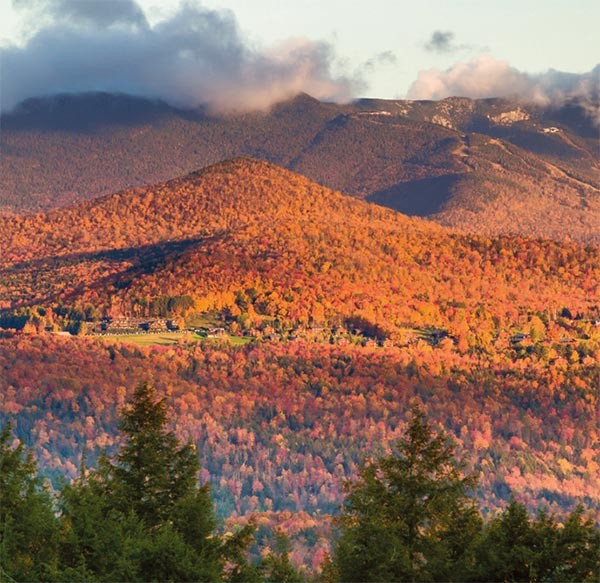It may be tough to believe after this past year, but it appears that winters are getting shorter and shorter. By studying the growth cycle of vegetation at daily intervals, a team of British researchers has found that autumn in the northern hemisphere is starting much later in the year and spring is starting a little bit earlier. Their research was published in the journal Remote Sensing of the Environment.
“There has been much speculation about whether our seasons are changing and, if so, whether this is linked to climate change,” said lead scientist Peter Atkinson, a geography professor at the University of Southampton. “Our study is another significant piece in the puzzle, which may ultimately answer this question.”
Atkinson and colleagues Jadunandan Dash and Jeganathan Chockalingam studied satellite imagery of the northern hemisphere from 1982 to 2006 to identify seasonal changes in vegetation. They measured “greenness” – which they characterized as physical changes like leaf cover, color, and growth – of a wide variety of vegetation types, from broad-leaved deciduous forest and needle-leaved evergreen forest to mosaic vegetation (grassland, shrubland, forest, and cropland).
They found that the most pronounced changes occurred in the broad-leaved and needle-leaved deciduous forest groups, where autumn has been delayed an average of one day per year over the last 30 years. They also found evidence of a slightly earlier spring across all vegetation types, though signs of a delayed autumn were more pronounced.
“Our research shows that even when we control for land cover changes across the globe, a changing climate is significantly altering the vegetation growth cycles for certain types of vegetation,” said Atkinson. “Such changes may have consequences for the sustainability of the plants themselves, as well as species which depend on them and ultimately the climate through changes to the carbon cycle.”
Although their study primarily focused on areas north of 45 degrees latitude, which includes northern Maine, their maps indicate that signs of an early spring and delayed autumn occurred in much of the northeastern U.S.
According to Dash, autumn has become significantly delayed in broad-leaved and needle-leaved forest groups like those found in much of northern New England, especially when compared to other vegetation types. “We have not yet found a specific reason for this, but it may be because their photosynthesis is highly dependent on temperature and, possibly, carbon dioxide in the atmosphere, both of which are increasing over time," he said.


